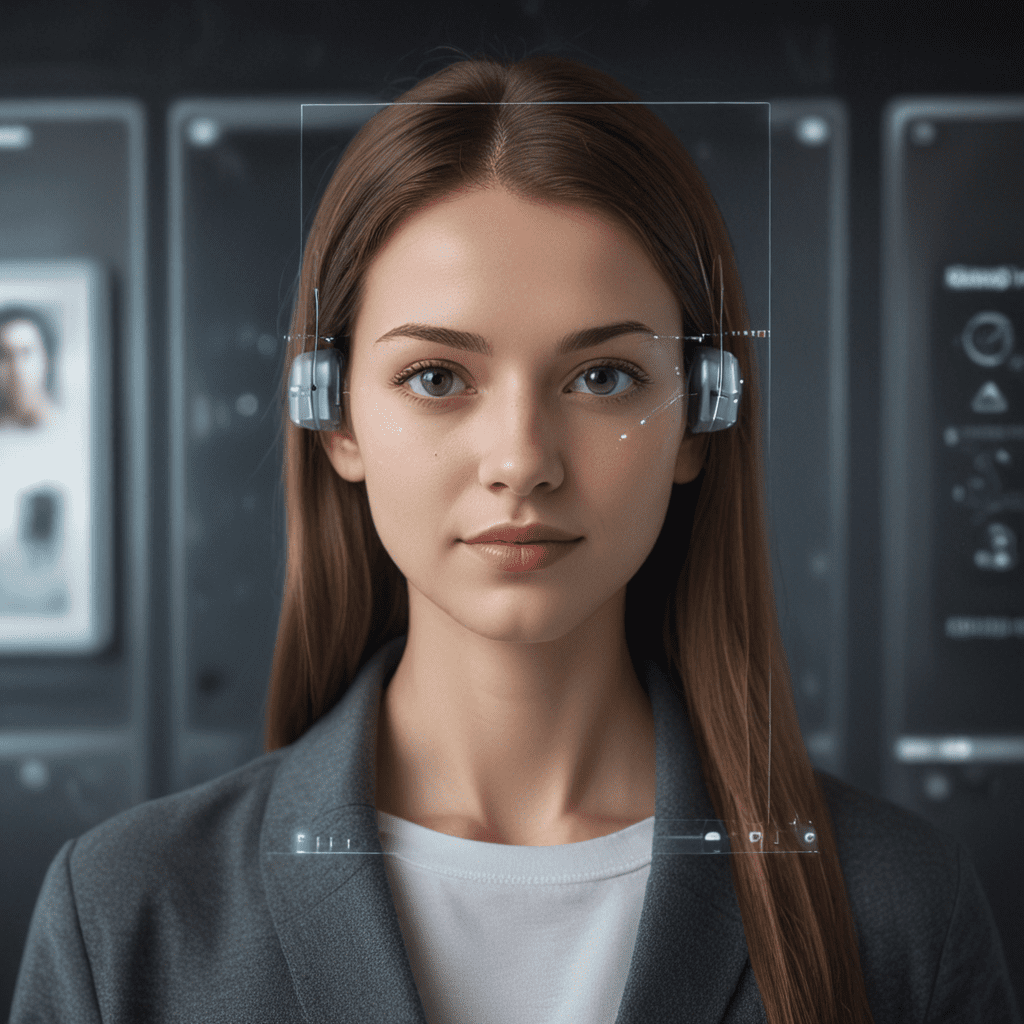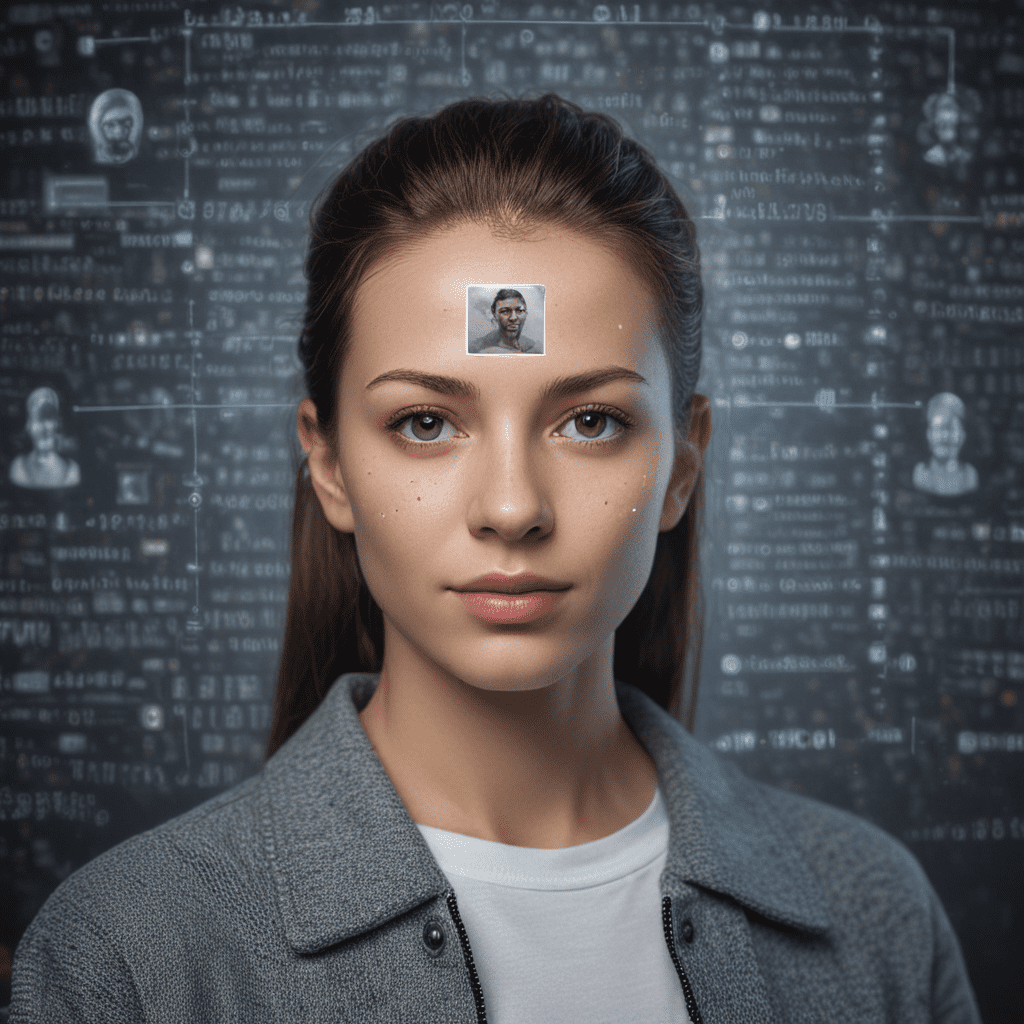
Facial Recognition in Personalized Retail: A Game-Changer for Customer Experiences
Facial recognition technology is revolutionizing the retail industry by enabling businesses to provide highly personalized experiences to each customer. This cutting-edge technology offers numerous benefits, including:
Enhancing Customer Experiences
Facial recognition allows retailers to personalize interactions and tailor recommendations to each customer's unique preferences. With real-time facial analysis, businesses can recognize and greet customers by name, offering personalized assistance and relevant product suggestions based on their purchase history and preferences. This highly personalized touch enhances the overall shopping experience and increases customer satisfaction.
Streamlined Checkout Processes
By integrating facial recognition into checkout systems, retailers can significantly reduce transaction times. Customers can opt for a quick and convenient checkout experience by simply looking at the camera, eliminating the need for manual payment and identification. This streamlined process improves customer convenience, increases efficiency, and reduces queues, leading to a more seamless and enjoyable shopping experience.
VI. Applications in Physical Stores
In physical retail stores, facial recognition technology finds various applications to enhance customer experiences.
- Smart Fitting Rooms: Facial recognition enables touchless and personalized experiences in fitting rooms. Customers can scan their faces to access their digital profiles, which display their measurements, preferred styles, and past purchases. This information helps them find garments that fit perfectly, reducing the need for multiple try-ons and improving convenience.
- Interactive Displays: Facial recognition can power interactive displays that provide personalized product recommendations and tailored information. As customers approach a display, their faces are recognized, and the display adjusts its content accordingly. They can see product details, reviews, and relevant promotions that align with their preferences.
VII. Innovations in Online Retail
Facial recognition is also making waves in online retail, offering innovative solutions to enhance shopping experiences.
- Virtual Try-Ons: With facial recognition, customers can virtually try on products without leaving their homes. Using augmented reality (AR) technology, they can scan their faces and see how different products look on their virtual avatars. This immersive experience eliminates the hassle of physical try-ons and helps customers make informed purchasing decisions.
- Personalized Product Recommendations: Facial recognition can analyze customer facial expressions and emotions to provide personalized product recommendations. By understanding customers’ reactions to different products, retailers can suggest items that align with their preferences and interests, leading to increased engagement and conversions.
VIII. Future Trends in Facial Recognition
Facial recognition technology is poised for even more advancements in the future.
- Advanced Algorithms and AI: Enhanced algorithms and artificial intelligence (AI) will improve the accuracy and efficiency of facial recognition systems. This will lead to more seamless and secure experiences for customers.
- Integration with Other Technologies: Facial recognition will increasingly integrate with other technologies to create a more comprehensive retail experience. For example, it can be combined with mobile payment systems for a completely touchless and frictionless checkout process.
IX. Conclusion
Facial recognition is a revolutionary technology transforming the retail industry. By providing personalized experiences, enhancing customer interactions, and driving brand loyalty, it empowers businesses to create a more engaging and memorable shopping experience. However, ethical and societal considerations must be carefully addressed to ensure responsible and transparent use of this powerful technology.
Frequently Asked Questions (FAQs)
1. Is facial recognition technology secure?
Facial recognition systems are highly secure, using advanced algorithms and encryption methods to protect data.
2. How does facial recognition protect customer privacy?
Customer data is stored securely and anonymized, adhering to strict privacy regulations and industry standards.
3. Can customers opt out of facial recognition?
Yes, customers can typically opt out of facial recognition programs by contacting the store or platform.
4. Is facial recognition accessible to people with disabilities?
Yes, facial recognition systems are designed to be inclusive and accessible to individuals with various disabilities, including visual impairments.
5. How does facial recognition improve sustainability?
By reducing the need for physical try-ons and streamlining checkout processes, facial recognition contributes to a more sustainable retail environment.


